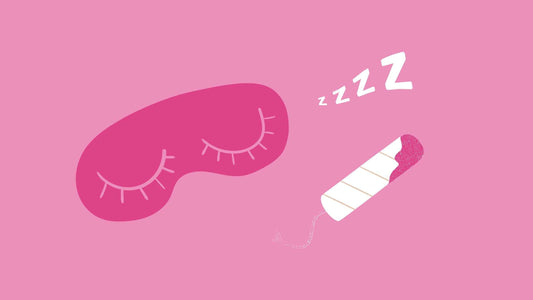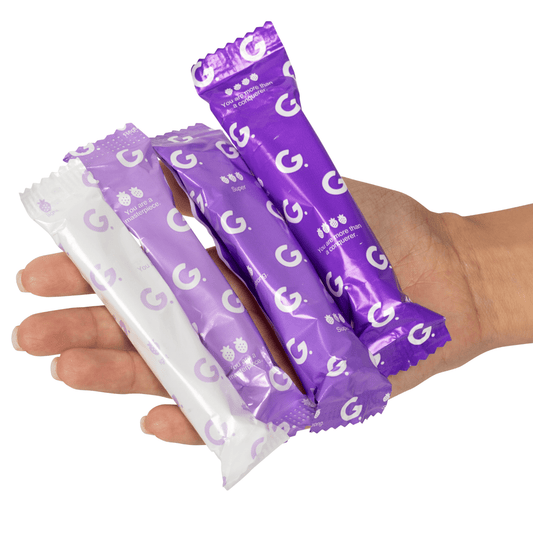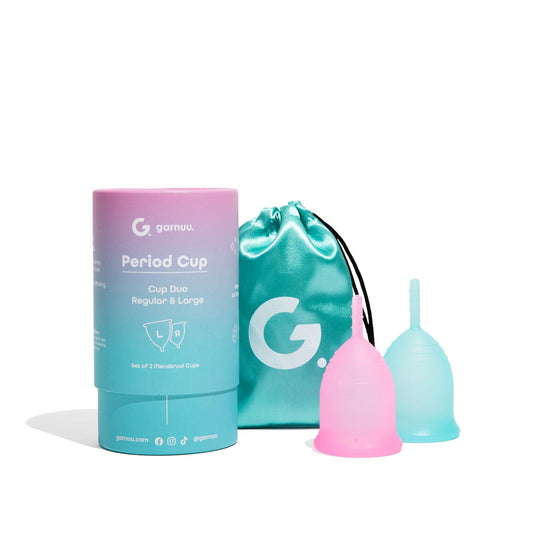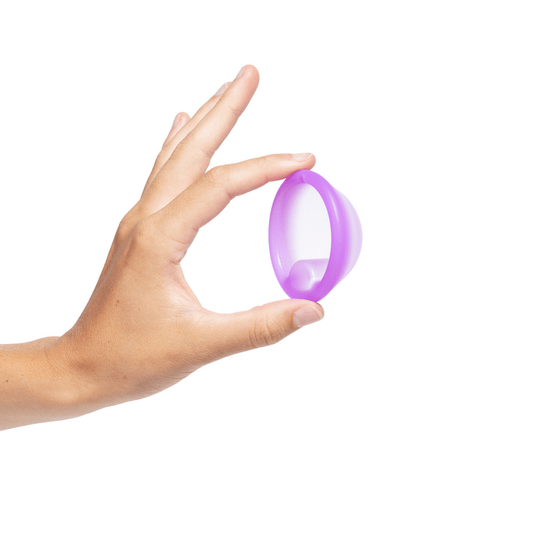
Working Out During the Phases of the Menstrual Cycle
Share
Did you know that most training programs and diets were all tested mainly on men, not women? Although men have their fair share of hormones, women’s hormones affect everything we do, including working out.
Now every woman is different when it comes to her period and menstrual cycle, but what if we can use our own biology to work with us not against us in the gym?
We have different phases during our cycles
A woman’s cycle has different phases that have different functions; the menstrual (your period), follicular, ovulation, and luteal phases. Each phase has different hormone levels that impact your day-to-day routine. We’ll go through what this means for you during each week of your cycle.
Week 1: Working out during your period or the menstrual phase
Hormone levels on your period
Estrogen starts very low and begins to rise during your period. Everyone responds to hormone fluctuation differently, but generally as estrogen starts to rise you generally won’t be feeling up for much. But as the estrogen rises throughout the week it will boost your mood and energy and give you the desire to socialize.
How to exercise on your period
It is extremely tempting to sit on the couch all day and you’re probably not feeling up to necessarily run a marathon this week. Your energy will be on the lower side due to low hormone levels so instead, opt for low-impact workouts such as steady cardio, yoga, walking, swimming, or pilates. You’re going to want to keep moving to help counteract cramping. If you experience back pain during your period, try the foam roller to relieve the pain. Toward the end of your period you’ll be feeling your energy climb allowing you to expand your workouts to higher intensity.
Week 2: Working out during the follicular phase
Hormone levels during the follicular phase
Estrogen and testosterone rise till they peak. High estrogen triggers a greater output of pain-masking endorphins in the brain, which means uncomfortable activities are less painful. You are more coordinated and have faster reaction times, verbal skills, and a sharper memory.
How to exercise during the follicular phase
This is your time to shine in your workouts. After your period, your energy levels will be climbing so you should consider taking on those high-intensity workouts. Your energy levels are at their highest so try that new intense class down the street, run that extra mile—you have the energy, take advantage.
Since your body is primed to really hit it hard, try a few HIIT classes, strength training, hiking, cycling and anything your body is craving.
In the weeks leading up to ovulation, muscles seem to get more gains during the follicular phase. Researchers say it has something to do with rising estrogen. If you want to build muscle doing it in the follicular phase will be your best bet.
It’s also important to note that the end of the follicular phase and the beginning of ovulation you are more at risk for injury with the tendon laxity due to hormone changes. A statistic shows for people playing sports is that women are three to six times more likely than men to have injuries to the anterior cruciate ligament aka your ACL. To avoid injury, make sure you do a lot of warmups and stretching during the follicular and ovulation phases since in these phases your hormones fluctuate so often.
Week 3: Working out during ovulation
Hormone levels during ovulation
You have now entered your most fertile stage of your cycle. You’ll notice your skin glowing a little more than usual and you may tend to be more flirtatious.
How to exercise during ovulation
You are going to be a tad more social during this phase, so you’ll get more out of group classes or exercising with a friend.
Since you’ve been hitting the workouts hard in the follicular phase, you may feel the temptation to ease up on your workouts—resist the urge! Instead, try to shift your workouts to lower intensity but with a longer duration. Instead of a 6 speed on the treadmill for 20 minutes, shift to a 5 or 4.5 speed for 40 minutes.
Week 4: Working out during the luteal phase
Hormone levels during the luteal phase
You’re tired, more irritable and definitely hungrier. Which makes sense, since your body is preparing for a potential pregnancy should an egg had been fertilized during ovulation. Progesterone rises; estrogen and testosterone drop the first half of this week, then estrogen rises again.
Some things that happen with these hormonal shifts
- Pre-PMS: this is caused by an estrogen plunge
- Increase in progesterone: this hormone slows you down causing fatigue and fogginess. If you’re sensitive to progesterone, you can experience bouts of sadness and crying.
In the luteal phase your body is telling you to slow down.
How to exercise during the luteal phase
After ovulation, your hormones start to plunge along with your energy levels. You are considering skipping your workouts, but the better move is to focus on some less strenuous workouts during the last week of your cycle. What’s awesome about our cycles is you burn up to 30% more fat when you exercise during the luteal phase thanks to a combination of estrogen and progesterone making your body more efficient at using fat for fuel.
You’re going to want to start doing some steady-state cardio such as running or cycling and lighter resistance training such as barre, yoga or pilates.
We’re not always up for the same workout every day of the month. Cycle syncing allows you to switch it up according to your hormone levels, which makes getting through the month that much easier.
If you find this helpful, share with a friend how they can optimize their cycle.
About Garnuu
At Garnuu we do periods that don't cramp your style. Get your 100% organic tampons and menstrual cups delivered to your door all while fighting human trafficking as you do it!
DISCLAIMER: This content was written for informational purposes to educate women only. It is not medical advice.








